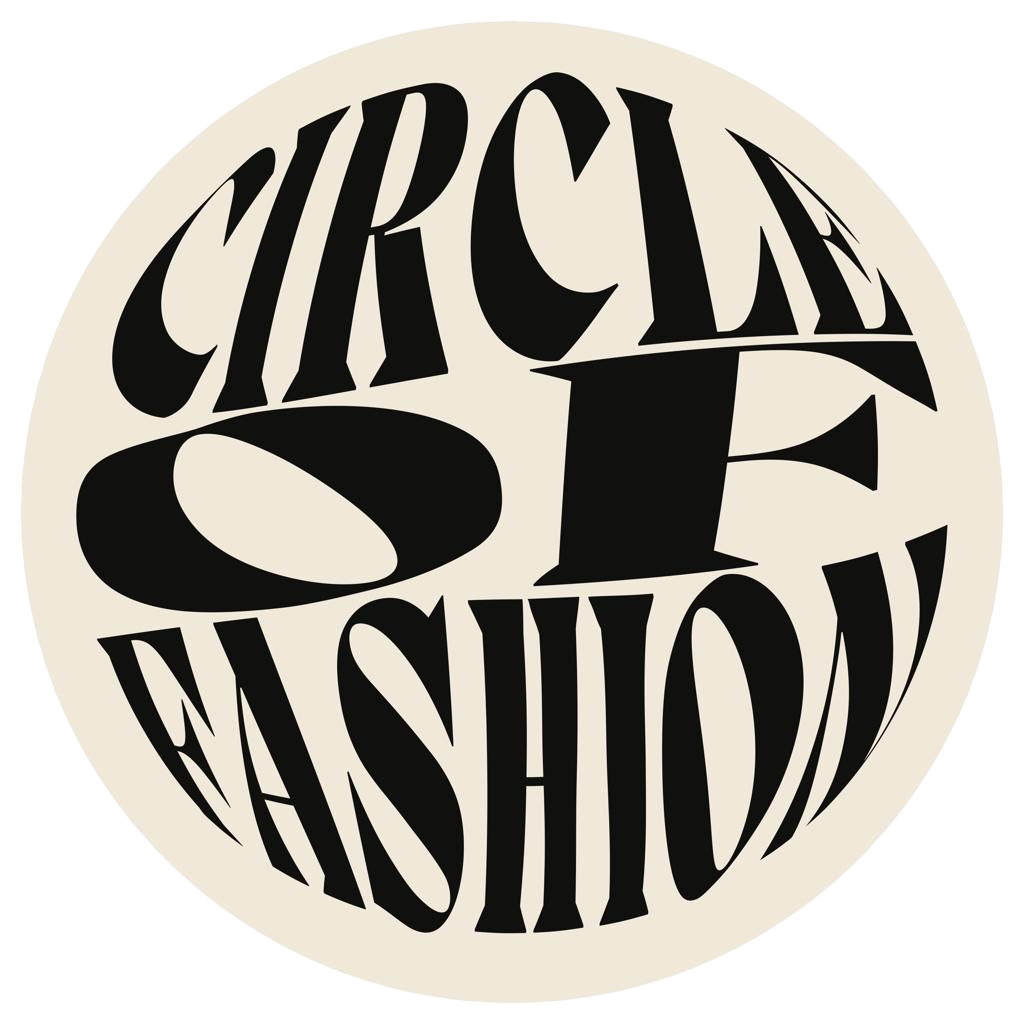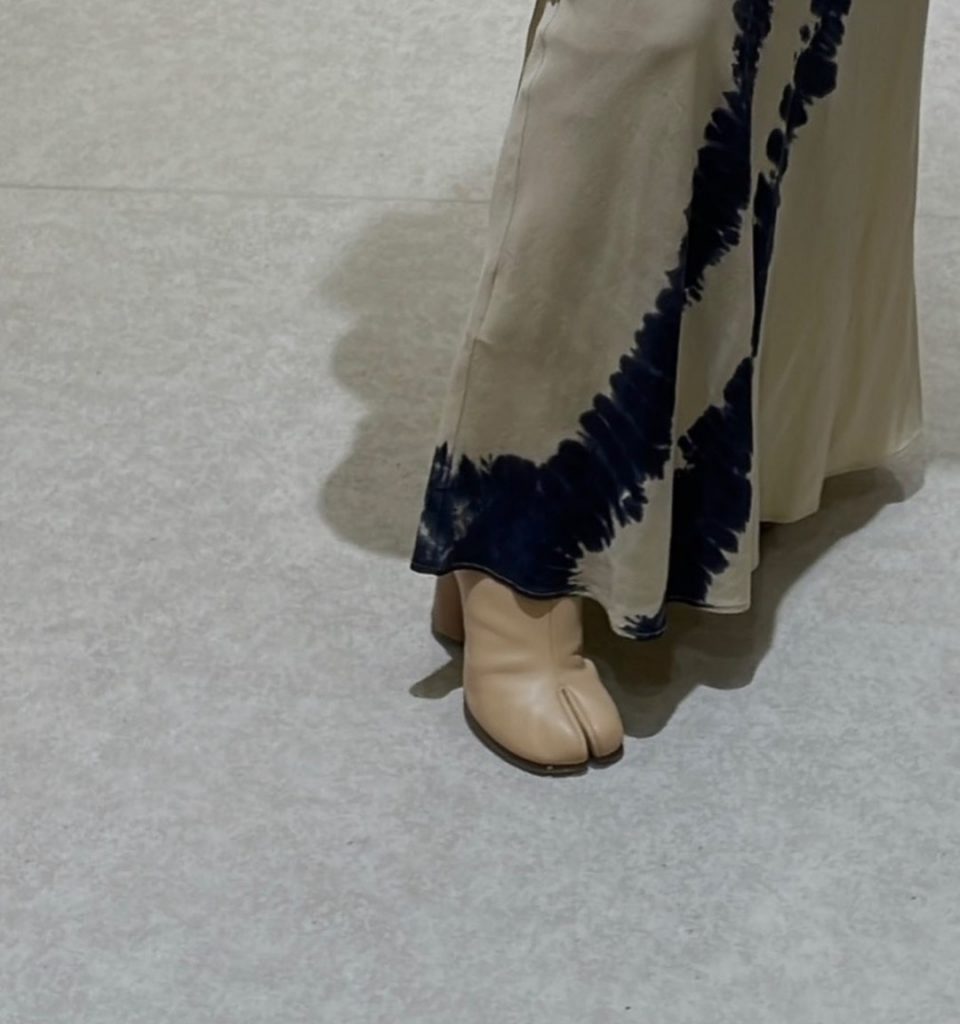Alyssa Chalmers
The Margiela Tabi shoes. Identifiable by the iconic, hoof-like toe split, tabis are not new to the fashion world. However, over recent years they have made a resurgence online, sparking a lot of controversy amongst fashion lovers alike. The estranged aunt of the big red boots, some adore them, some think they are the ugliest things to ever exist. Yet the tabis have been resiliently relevant for the past couple decades, and they seem to be here to stay.
The tabi was not an original invention of Martin Margiela. Beginning as a sock with a slit down the middle, Margiela took great inspiration from the Japanese worker’s shoe. A lot of Margiela’s work is about repurposing and remaking other designs or textiles, and was famous for his recontextualizing of pre-existing clothing and styles. The Margiela Tabis were no exception. The design can be traced to 15th century Japan, where the tabi socks with an additional rubber bottom are still worn by workers today. In fact if you were to do a quick google search of “who invented the tabi?”, the names Tokujirō Ishibashi and Shōjirō Ishibashi would appear. In 1922, these brothers founded the rubber soled tabi, known as the jika-tabi.
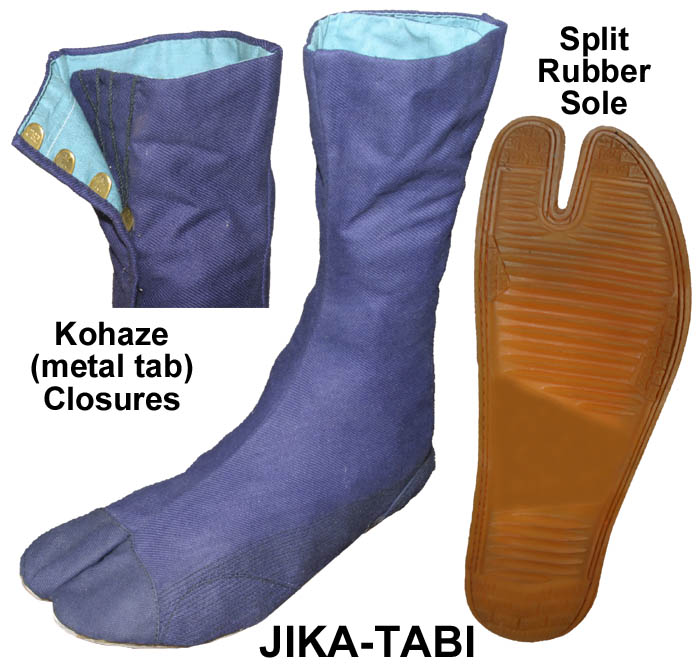
Many other companies have created their own version of the famous tabi. However, Nike’s Air Rift, a walkable flat-like sneaker and SOU-SOU’s collection of various tabi style shoes, have not been able to gain the cult following that Margiela has accumulated.
The first ever Maison Margiela show in 1989 debuted the tabi down the runway of Paris’ Café de la Gare. The show was utterly chaotic. With a backdrop of graffitied walls, a front row filled with children from the local neighbourhoods and an uneven runway that models were tripping over, Maison Margiela was iconic from the start. You just had to be there, and I know I wish I was.
The first model sported the iconic black tabi boots, shirtless with a pair of unfinished pants. For the finale, the models all came out in lab coats, tabis dipped in red paint that left red prints on the runway. The hoof like print on the fabric was a statement; a showcase of these strange shoes, in case anyone had missed them. The runway fabric was later turned into a printed vest for Margiela’s 1989 autumn show. The tabi, Margiela is so famously known for, is an example of his signature and an element of his legacy in contemporary fashion. The Maison Margiela philosophy goes around crafting each piece of clothing to be a piece of art themselves, which is what the tabis have grown to be. This brilliant showcase of Margiela’s experimental design and artistic vision, set a precedent for what fashion can be.
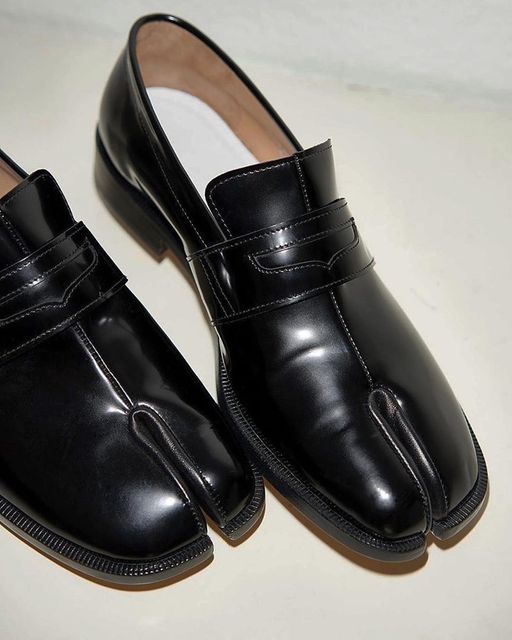
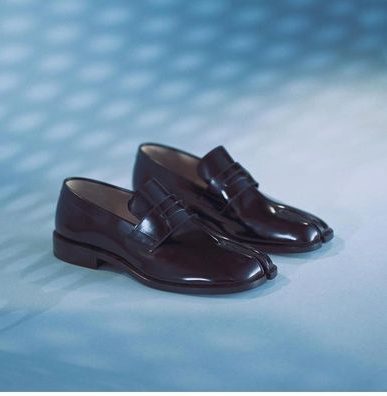
Now getting back onto the topic of the controversial tabis themselves. Just from Maison Margiela alone, they have incorporated the iconic toe split into a vast variety of shoes for every type of occasion. Firstly, there are the OG leather boots, most closely resembling that of a horse’s hooves especially when tucked under a pair of pants. I’m personally a fan. Like a fan in the way that I would wear them if I was a celebrity and not a university student with less than $10 in my chequings. I’m a fan of them, yet I don’t know if I’d have the confidence to wear them out on the streets. They have such a purposefully distinguished look, yet the fact that the boots look so much like horse feet, is immediately off putting. They’re a shoe that you definitely can’t help noticing, and can definitely add a completely different vibe to an outfit. I mean that (mostly) in a good way! Because of the boots’ chic leather and heel, the shoes do look very put together and can elevate any basic, high end look, but deserve to be styled well (obviously).
Mansion Margiela also has a line of ballet flat tabis which give a little less horse and a little more piglet. They are definitely more dainty and subtle, and are closer to something I would actually wear. Same thing with the Margiela heels, and as I write this, I lowkey want a pair of these in my closet right now.
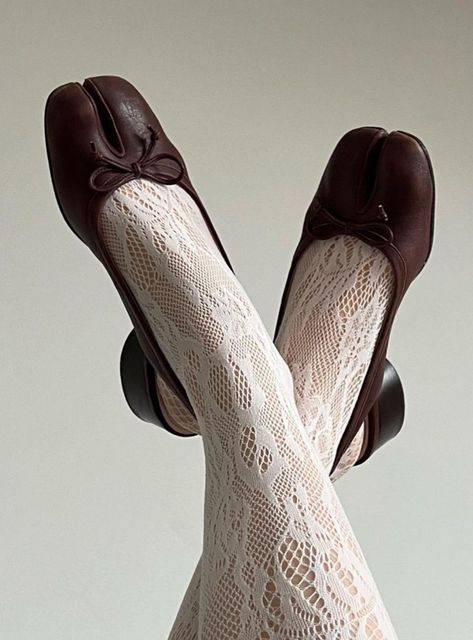
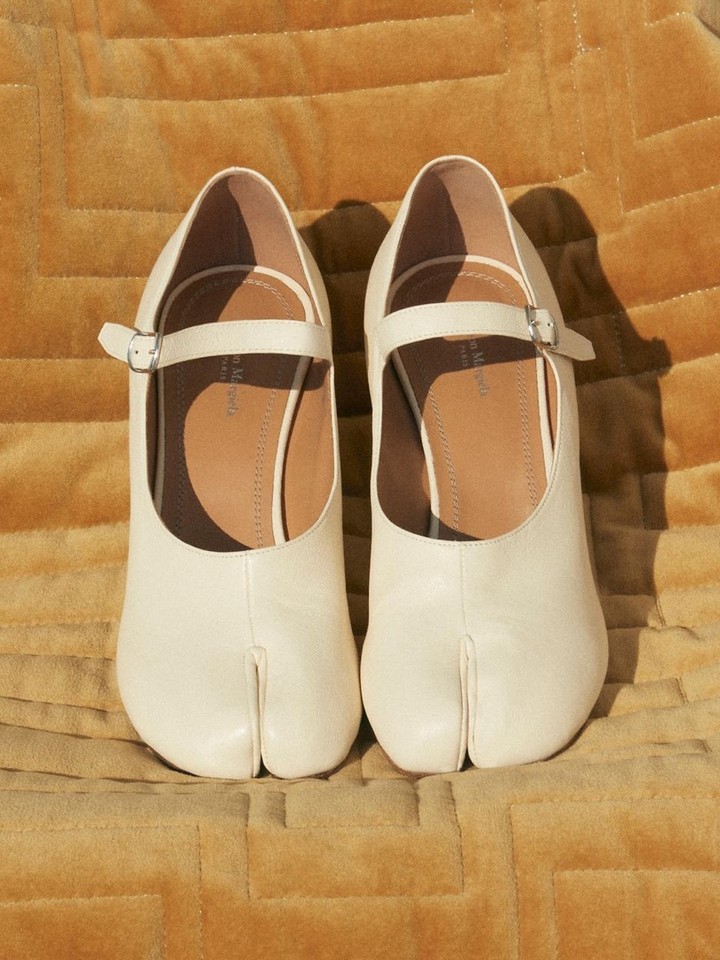
Margiela’s Reebok tabis (below, left) are actually something I can see many people wearing in the near future just due to the fact that they are more practical. There has been a resurgence of kinda chunky, grandpa looking shoes in the past few months. I think as this trend loses its ‘trendiness’, the tabi version could gain more popularity. Like I said, the tabis are related to the big red boots, yet they are more palatable and less ‘in your face’, making them more accessible to the general public. There are tabi rip-offs all over the market right now, and it isn’t hard to find a pair that doesn’t break the bank. Eccentric and maximalist fashion have become more and more mainstream, with individuals styling pieces that are more out of the box. I think the tabis have further broken their way into the wardrobes of more and more of these people.
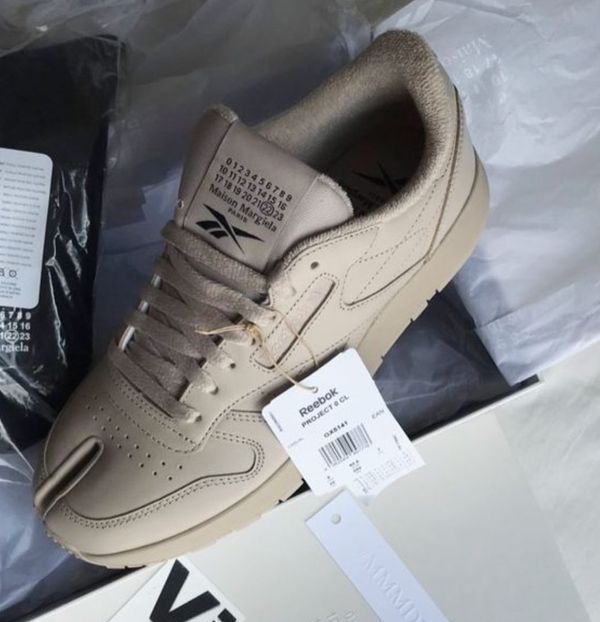
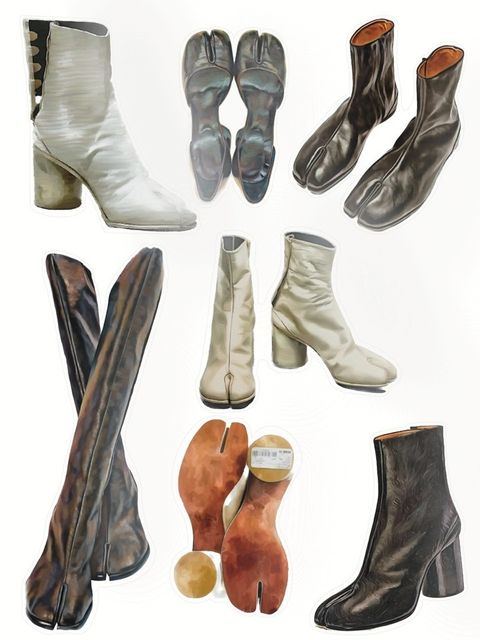
However, the discourse on tabis is so divided (just like the toes), people are split down the middle. I do honestly think that they’re a type of shoe that people either love or hate. You need to pick a side! Since the shoes are so unique in such an unconventional way, they really evoke a strong first impression and emotional response from people.
I have a friend back home who owns three pairs of tabis; a pair of the Reebok sneakers, a pair of ballet flats and a pair of heels (!!). She attests to the fact that these shoes are extremely comfortable and she wears them all the time, even on long walks with no complaints. I was talking to another friend the other day about writing this article and she hit me with the: “they look like the kind of shoe that would be medically prescribed”. Maybe fair, but in a cute way duh.
Overall the Margiela Tabi has been a great debate since its 1989 debut, and is something Martin Margiela will always be known for. I think that shoes, other than sneakers, are something that deserve more attention and love in everyday fashion. Even the Reebok tabis, add something to a sneaker that makes it a more unique piece. I love Margiela’s philosophy of creating each piece, as a piece of art in itself. Fashion is meant to be a form of self expression, but it’s also a form of art.
Xoxo, tabi lover
